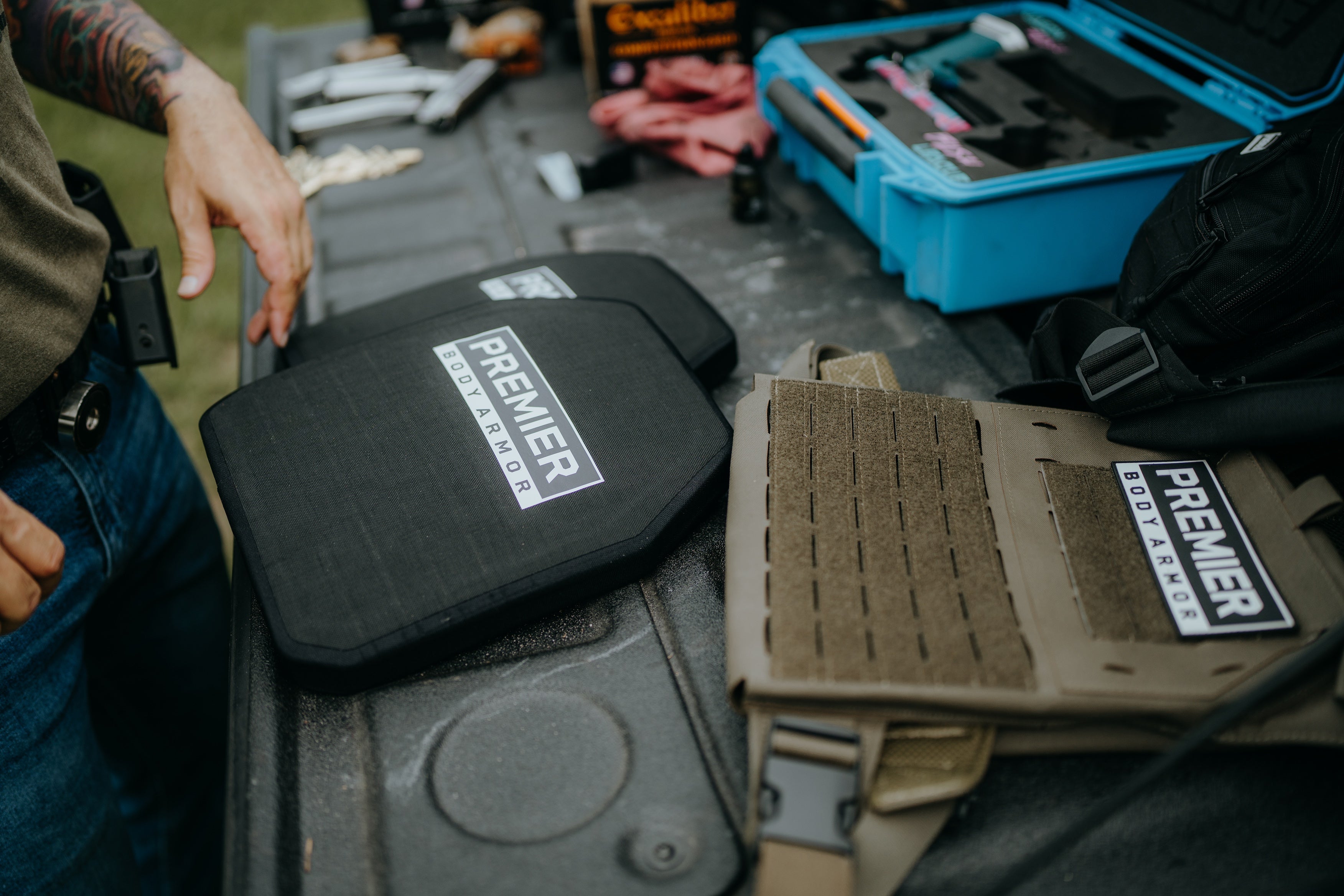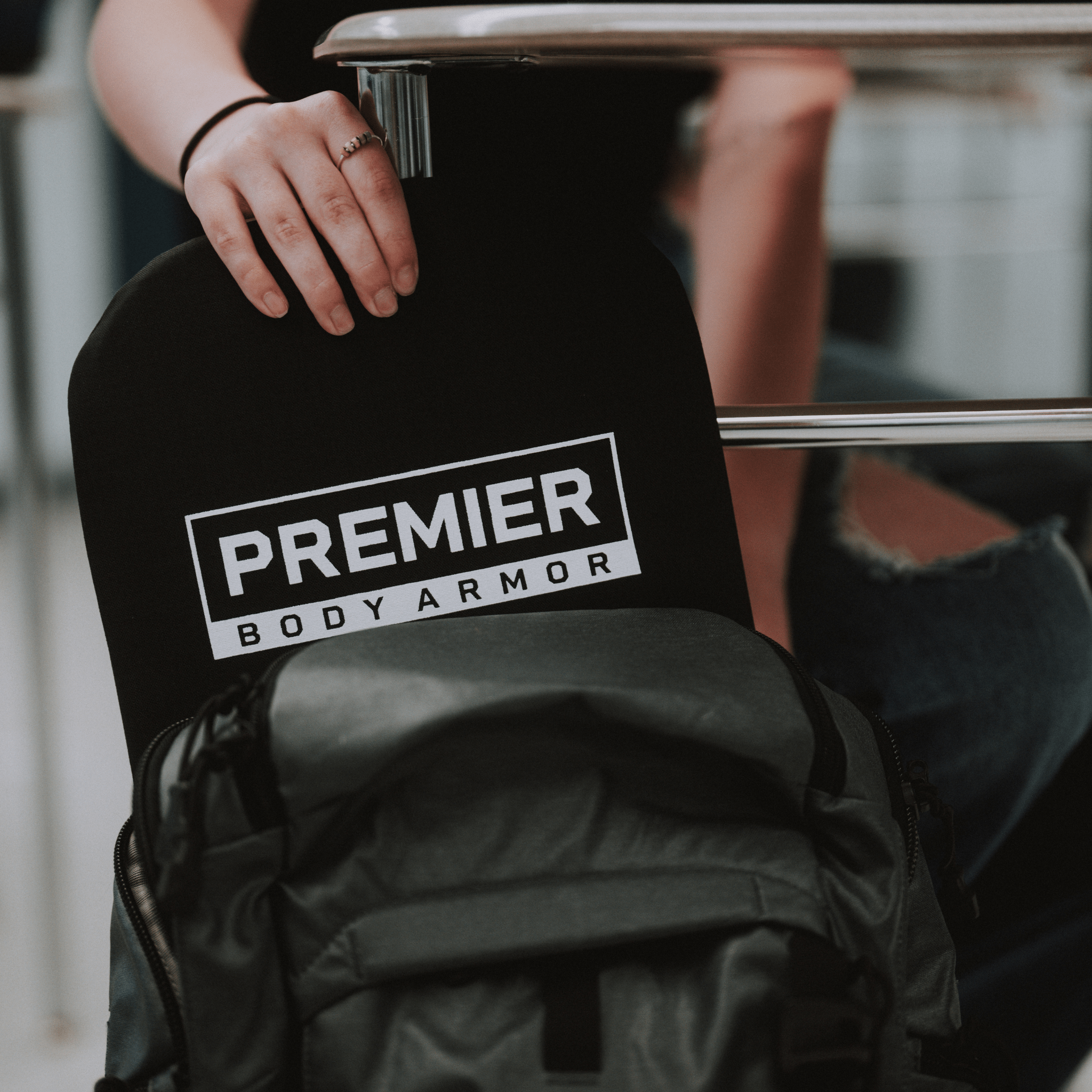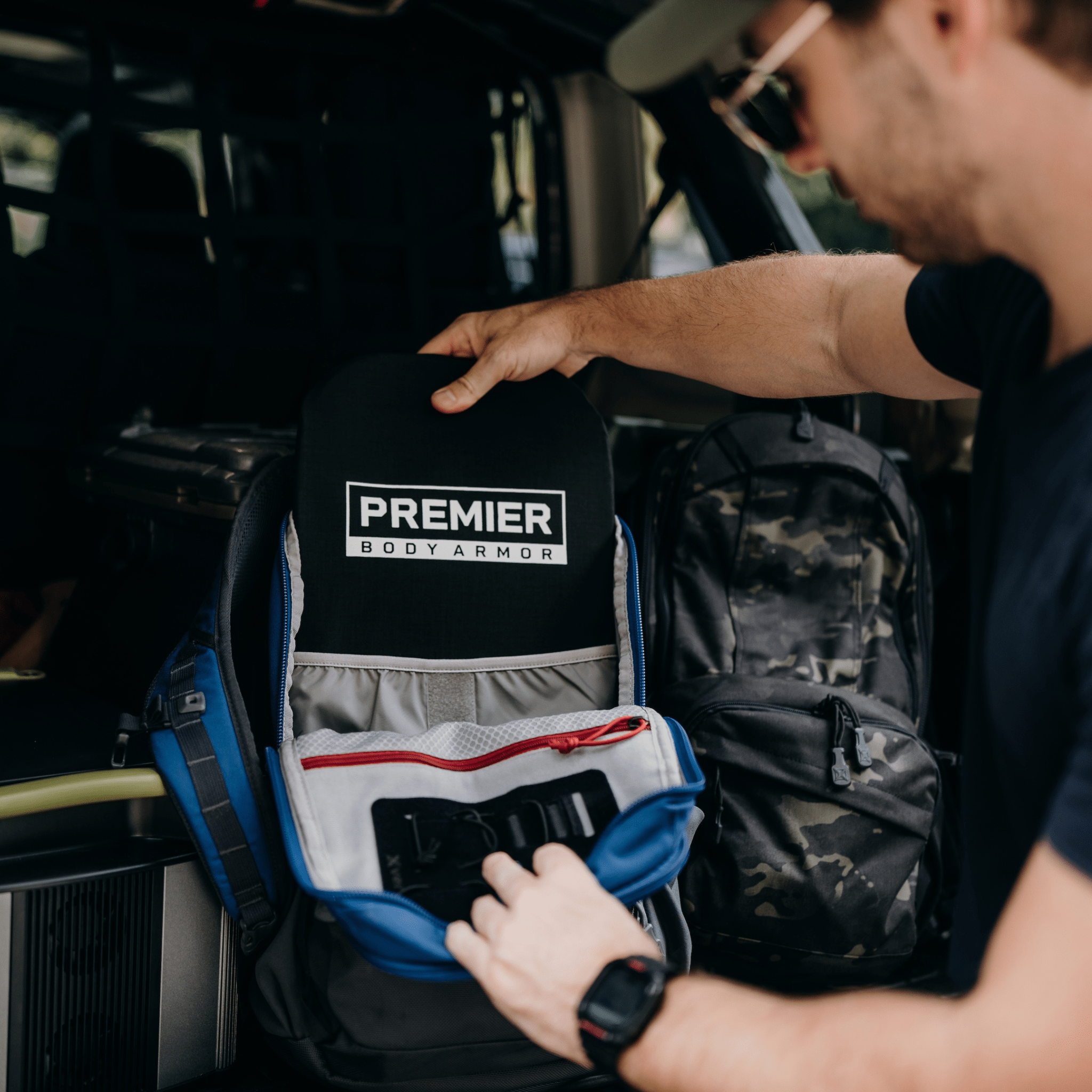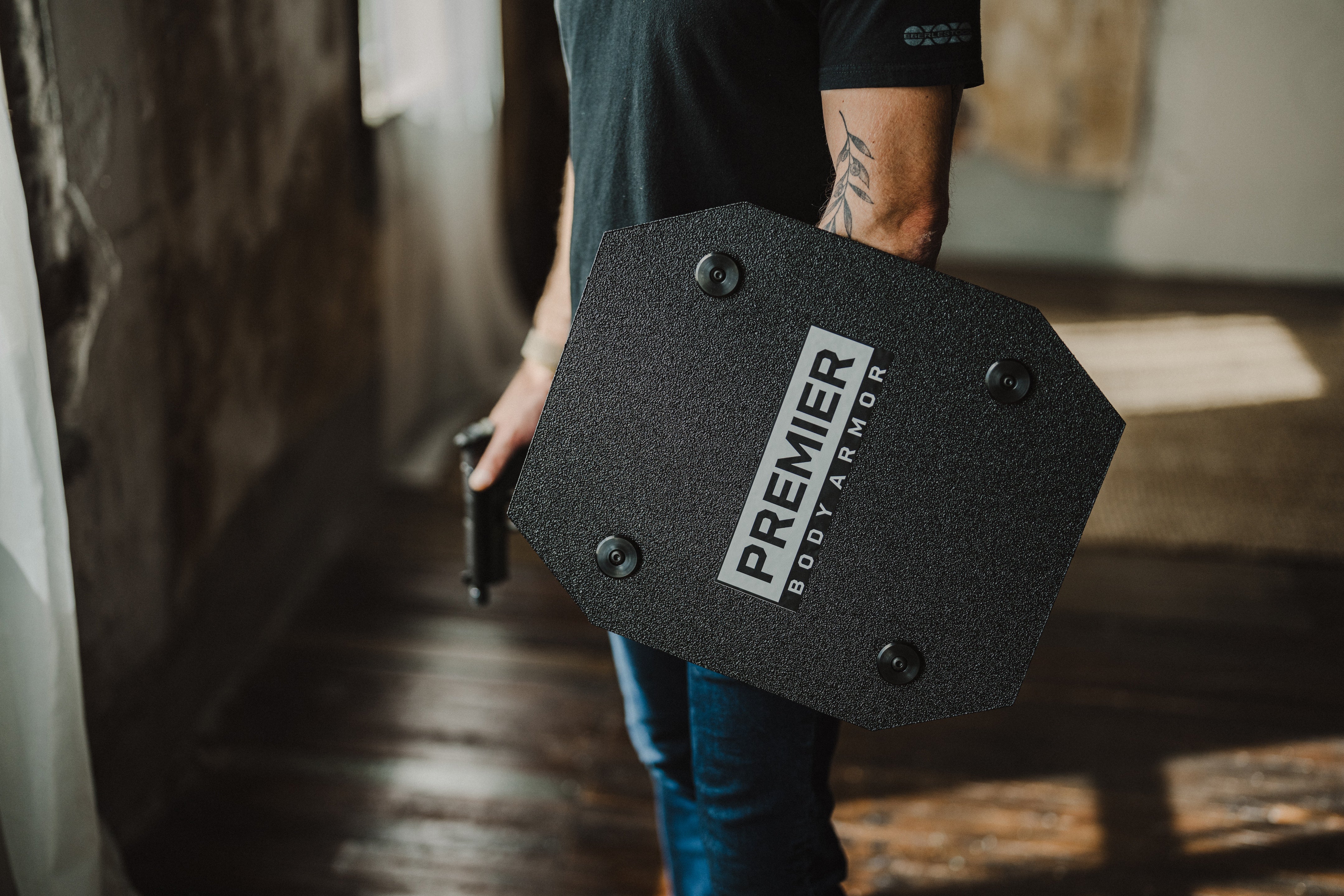Stovepipe Malfunctions – Causes & How to Clear Them
Stovepipe malfunctions, also known as type 2 malfunctions, are among the most common issues encountered in semi-automatic firearms. This malfunction occurs when a spent casing doesn’t eject completely, becoming trapped vertically in the ejection port, resembling a tiny stovepipe sticking out of the slide. While not usually dangerous, it can create a critical delay in a self-defense or tactical situation if not cleared quickly.
Knowing how to recognize, clear, and prevent stovepipe malfunctions is essential to any firearms training routine. In this guide, we’ll break down the causes, explain how to fix them using reliable methods, and introduce stovepipe malfunction drills to sharpen your skills and response time under pressure.
Other blogs in this series
What Is a Stovepipe Malfunction (or a Type 2 Malfunction)?
So, what is a stovepipe malfunction? A stovepipe malfunction, also referred to as a type 2 malfunction or smokestack malfunction, occurs when a fired casing fails to eject properly and gets caught in the ejection port. This leaves the slide partially out of battery and prevents the firearm from cycling properly.
This type of malfunction typically occurs due to timing issues between the slide cycling and the extractor or ejector action. The casing gets trapped in a vertical or near-vertical position, blocking the next round from feeding and disabling the firearm until the jam is cleared.
Though less severe than a type 3 malfunction, like a double feed, stovepipes still require fast and correct action to resolve.
Related reading: What is a Double Feed Malfunction?
What Causes a Stovepipe Malfunction?
Understanding the causes of stovepipe malfunction is the first step in preventing them. While the most common cause of stovepipe malfunction is incomplete ejection of the spent casing, several specific factors often contribute:
-
Undercharged or inconsistent ammunition: Low-powered rounds may not generate enough force to cycle the slide fully.
-
Limp-wristing: Failing to maintain a firm grip or proper shooting stance can absorb some of the recoil energy needed for reliable ejection.
-
Dirty or dry firearm: Excessive carbon buildup or lack of lubrication can slow slide movement.
-
Worn or faulty extractor or extractor spring: These components pull the casing out and launch it away from the firearm. If they're damaged or worn, malfunctions are more likely.
By identifying these common causes, shooters can correct grip and stance issues, maintain their firearms properly, and select quality ammunition, all of which reduce the chances of experiencing a stovepipe malfunction during critical moments.
How Do You Clear a Stovepipe Malfunction?
If you encounter a stovepipe malfunction during training, self-defense, or competition, clearing it efficiently is critical. The standard method, often referred to as type 2 malfunction clearing, is simple and effective with practice:
-
Tap: Firmly strike the base of the magazine to ensure it’s fully seated. This confirms your magazine is properly positioned and ready to feed.
-
Rack: Vigorously rack the slide to eject the spent casing and chamber a new round. Use a strong, aggressive motion.
-
Reassess: Regain your sight picture, assess the target area, and confirm your firearm is functioning properly before continuing engagement.
In some cases, if the casing is severely lodged, you may need to:
-
Tilt the gun to assist gravity.
-
Sweep the casing out with your support hand (being cautious to avoid muzzling yourself).
Always assess your surroundings after clearing to ensure the malfunction hasn’t recurred.
To fix stovepipe malfunction, practice is vital whether you’re preparing for personal defense, concealed carry, or competitive shooting. Smooth, practiced clears can mean the difference between staying in the fight or falling behind.
Can Type 2 Malfunctions Be Prevented?
Yes, many type 2 malfunctions, including stovepipe malfunctions, are preventable with proper shooting habits and firearm maintenance. To reduce the risk of these failures, follow these key prevention tips:
-
Use quality ammunition: Stick to reputable brands and avoid underpowered or inconsistent rounds that may fail to cycle the slide completely.
-
Maintain a solid grip and stance: Avoid limp-wristing by locking your wrists and maintaining firm recoil control through a stable shooting stance.
-
Clean and lubricate your firearm regularly: Keep your slide, extractor, and chamber free of carbon buildup and debris. Lubrication is critical for reliable cycling.
-
Inspect key components routinely: Check your extractor/ejector and recoil spring for damage, wear, or improper tension. Replace worn parts as needed.
The key to preventing stovepipe malfunctions is consistency. Routine cleaning, good shooting fundamentals, and quality components all work together to reduce the risk of malfunctions when you least expect them.
Stovepipe Malfunction Drills
Practicing stovepipe malfunction drills is essential for building speed, confidence, and muscle memory under pressure. These drills help shooters build instinctive responses to type 2 malfunctions, which is critical in self-defense, concealed carry, and competitive shooting scenarios.
Sample Stovepipe Malfunction Drill:
-
Load a dummy round or snap cap into your magazine.
-
Fire the round (dry fire or live fire, depending on your environment).
-
Manually place a spent casing vertically into the ejection port, simulating a stovepipe jam.
-
Slowly close the slide to trap the casing.
-
Perform the Tap-Rack-Reassess sequence:
-
Tap: Ensure the magazine is seated.
-
Rack: Aggressively rack the slide to eject the casing.
-
Reassess: Reacquire your target and confirm the firearm is operational.
-
Repeat until the movement becomes second nature.
To improve your skills further, vary the conditions:
-
Train in different lighting environments (low light, bright light).
-
Introduce stress drills (shot timers, partner drills).
-
Practice one-handed clears to prepare for compromised situations.
By repeating these stovepipe malfunction drills, you’ll reduce hesitation and improve your ability to handle malfunctions on the fly.
Putting It All Together
Stovepipe malfunctions are among the most common firearm failures, but with the right skills and preparation, they don’t have to derail your mission or compromise your personal safety. By understanding how to identify a stovepipe malfunction, clear it efficiently, and prevent it through good habits and regular maintenance, you’ll build the confidence and competence needed to handle these malfunctions under stress.
Remember, malfunctions happen to even the most experienced shooters. The key is preparation, practice, and staying mentally ready to solve the problem when it counts.
Want to stay safe and prepared with the gear and knowledge to back it up? Explore Premier Body Armor’s complete line of protective equipment and training resources to keep your skills sharp.










Leave a comment